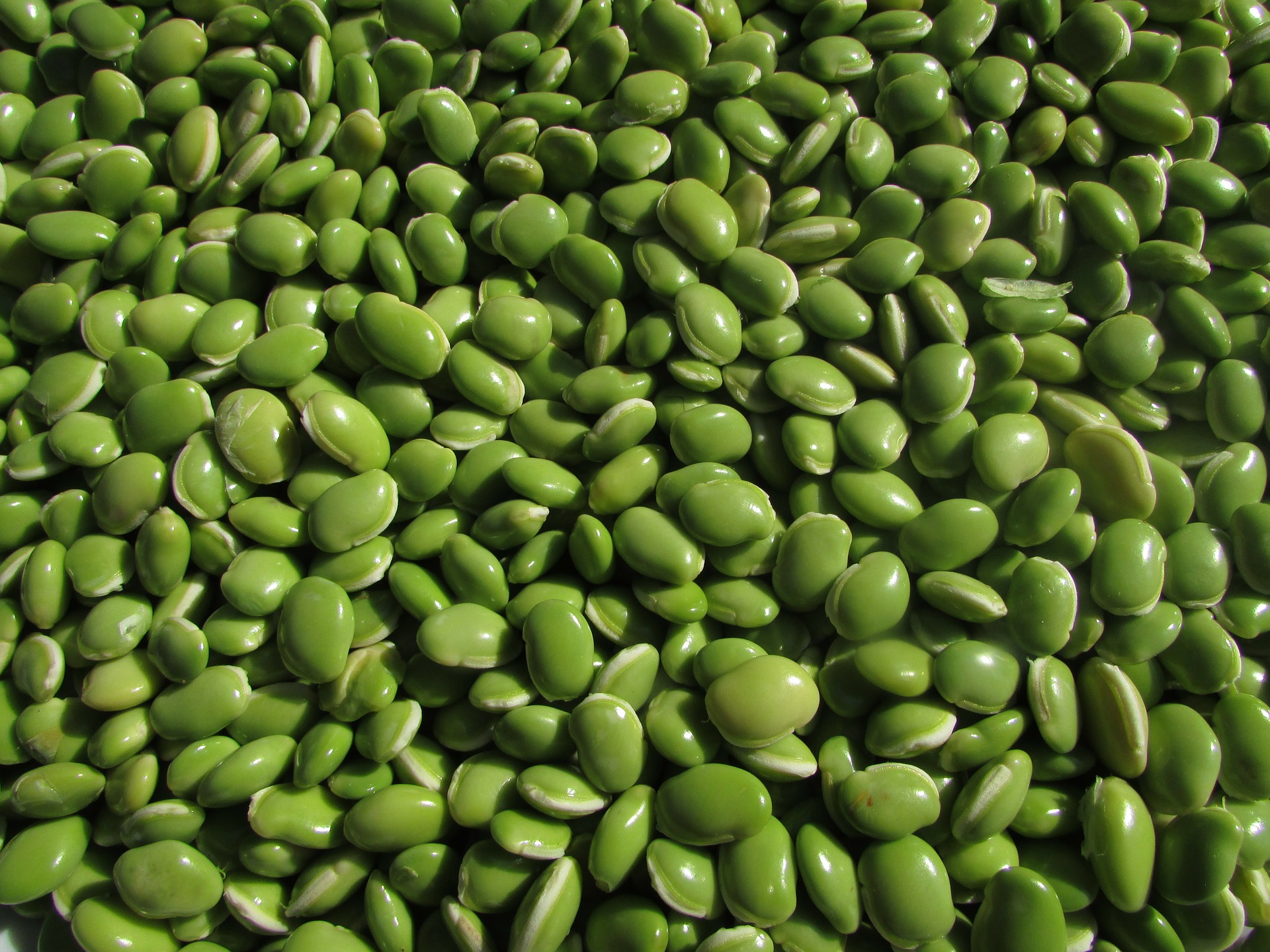Seed Inoculant is Rhizobium bacteria that is applied to legume seed (beans, peas, clovers, cowpeas, etc.) before planting. It is usually applied in a powder form or through an application of compost tea. Applying inoculant to the seed at planting ensures that the correct type of bacteria specific to that legume are available to the plant once it germinates.
Legumes have the unique ability to form a symbiotic relationship with rhizobia (Rhizobium and Bradyrhizobium) bacteria to convert atmospheric nitrogen gas to ammonia nitrogen, a form usable by the plant. Nodules on the roots of legumes contain rhizobia, which fix the nitrogen. The bacteria live and multiply on the small root hairs, which causes the plant to form a protective enclosure around them (the nodules). The plant supplies energy to the bacteria and the bacteria supplies nitrogen to the plant–a mutually beneficial, symbiotic relationship. Rhizobium bacteria is naturally found in soils, but planting legumes that have been inoculated insures that the specific strain of bacteria required for that legume is present in the soil. Inoculation allows them to grow strong, fix lots of nitrogen, out compete weeds, and set a heavy crop.
Often once a successful crop of a specific legume is grown in a field, the Rhizobium will remain in the soil to accommodate another planting of the same legume. However cultural practices and soil conditions can effect the Rhizobium viability as well as the overall health of the soil ecosystem. If you have healthy soil you probably already have plenty of these beneficial bacteria.
Inoculant generally comes in the form of a fine, black powder sealed in a plastic package that should state which type of legume it will treat and how many pounds the package will treat. Since the contents are alive, they usually carry an expiration date on the package that ensures viability.
When you are ready to plant, dump the seed into your seed drill, broadcast spreader, or whatever type of planter you use. If you are doing a small garden planting, you can place the seeds in a small cup or container. Apply the appropriate amount of inoculant to the seed. Stir the mixture until you feel that the inoculant has come into contact with the majority of seed. Then plant the seed as normal. In plantings by hand you can mix in a bit of water to get the inoculant to really stick to the seeds, for more large scale or commercial plantings you can purchase a commercial “sticker” agent sold by inoculant manufacturers, or buy a brand of inoculant that has an agent already mixed with the Rhizobium (such as Histick). Inoculant can also be metered into the seed furrow, ie. sprinkled over the seed in the ground.
Compost tea is easy to make and should contain all the beneficial bacteria needed to grow a successful crop of legumes. Recipe for compost tea. Find someone who grows great beans or peas and take a scoop of their soil to add to your compost pile or compost tea mixture.
| Pounds of Nitrogen fixed By Some Legume Crops (per acre) | ||
| Estimates of nitrogen fixed per acre (lbs.) | ||
|---|---|---|
| Crop | Low | High |
| Alfalfa | 44 | 308 |
| Cowpeas | 44 | 132 |
| Dry beans | 50 | 150 |
| Garbanzo beans | 25 | 81 |
| Peas | 53 | 305 |
| Soybeans | 53 | 265 |
Similar Stories:
- Growing Peas
- Getting Started Beekeeping with Package Bees
- Five Myths About Food Safety and Home Gardens
- It’s Not To Late To Plant A Garden!
- Soil Blocks for Seed Starting




